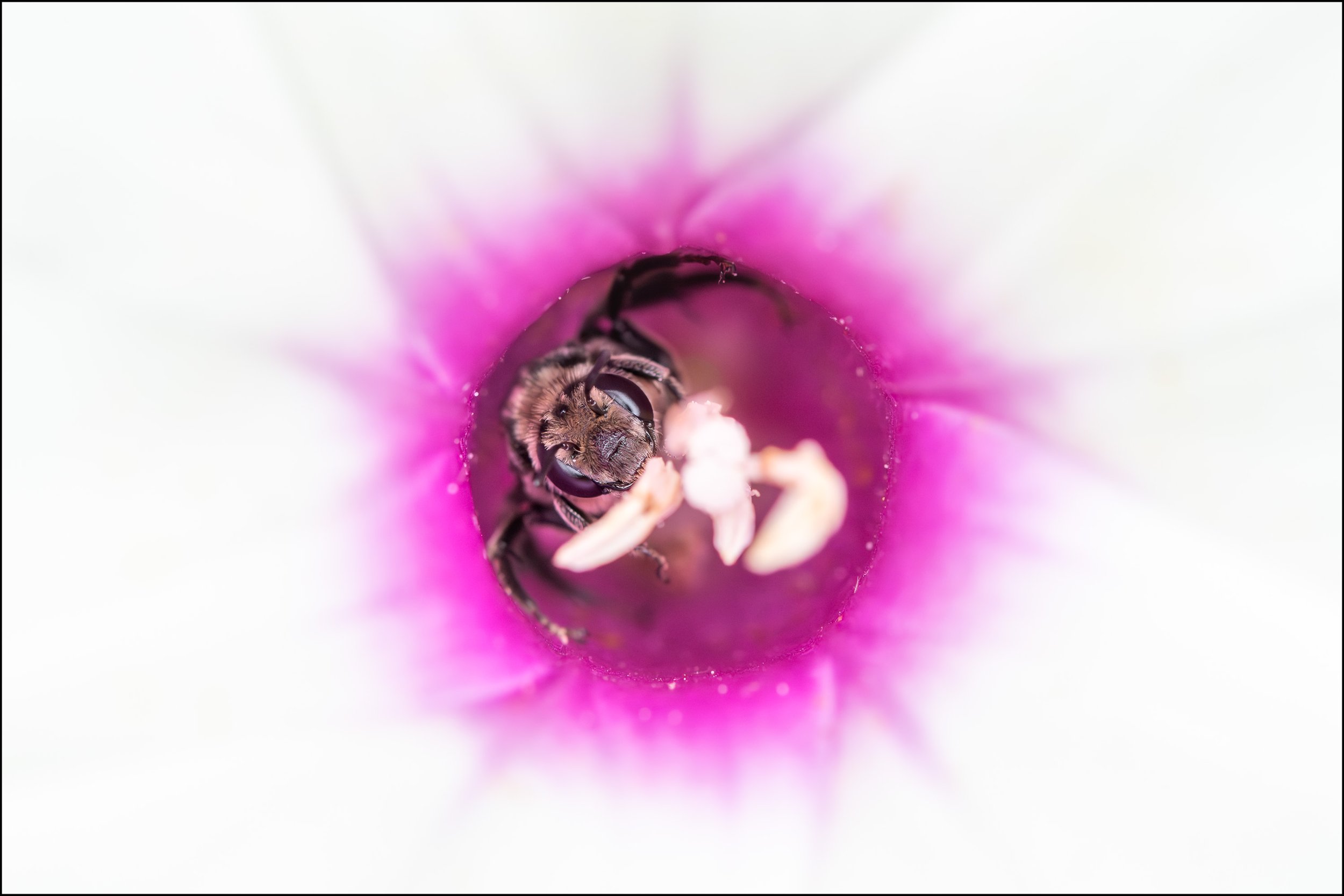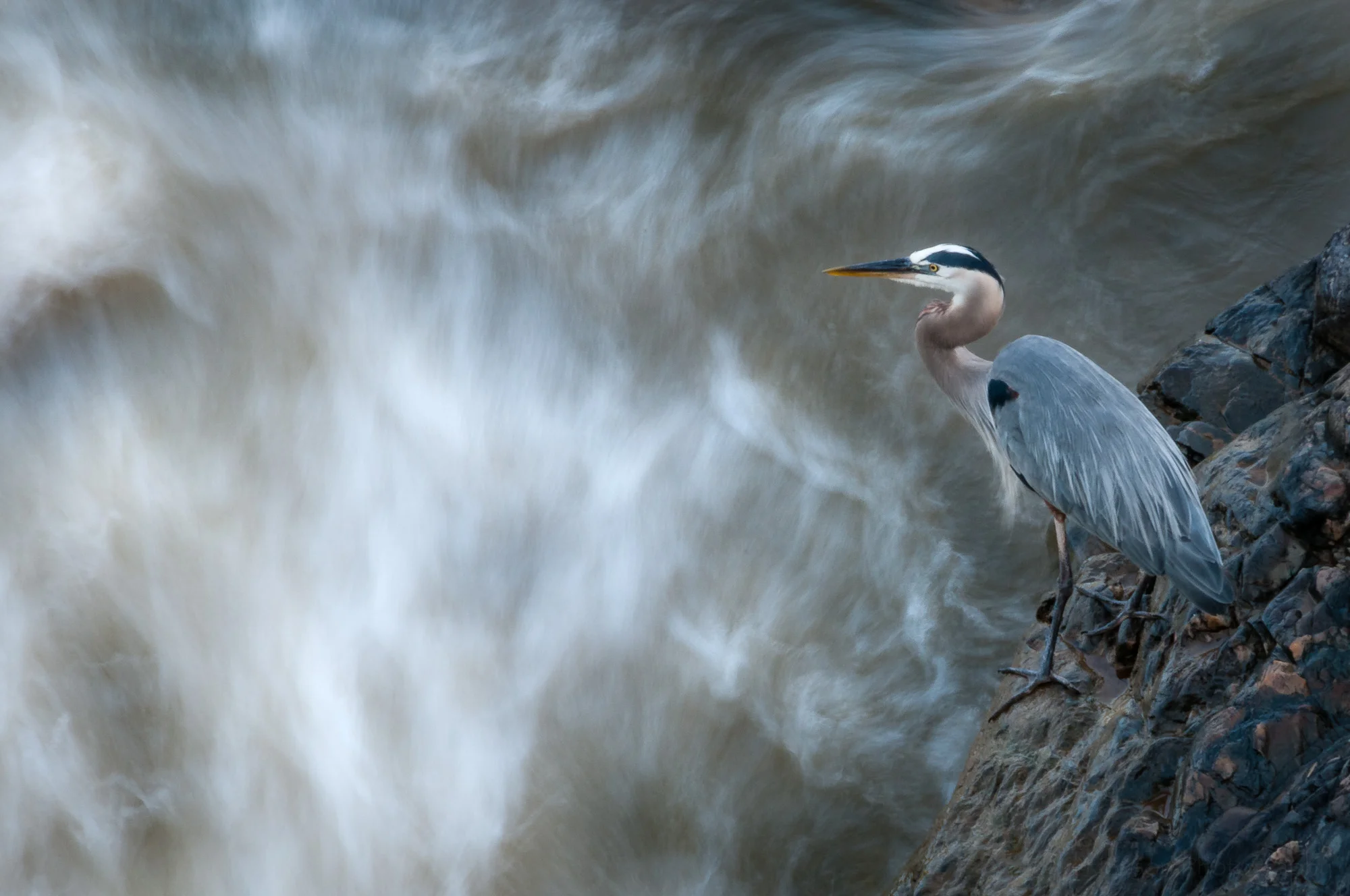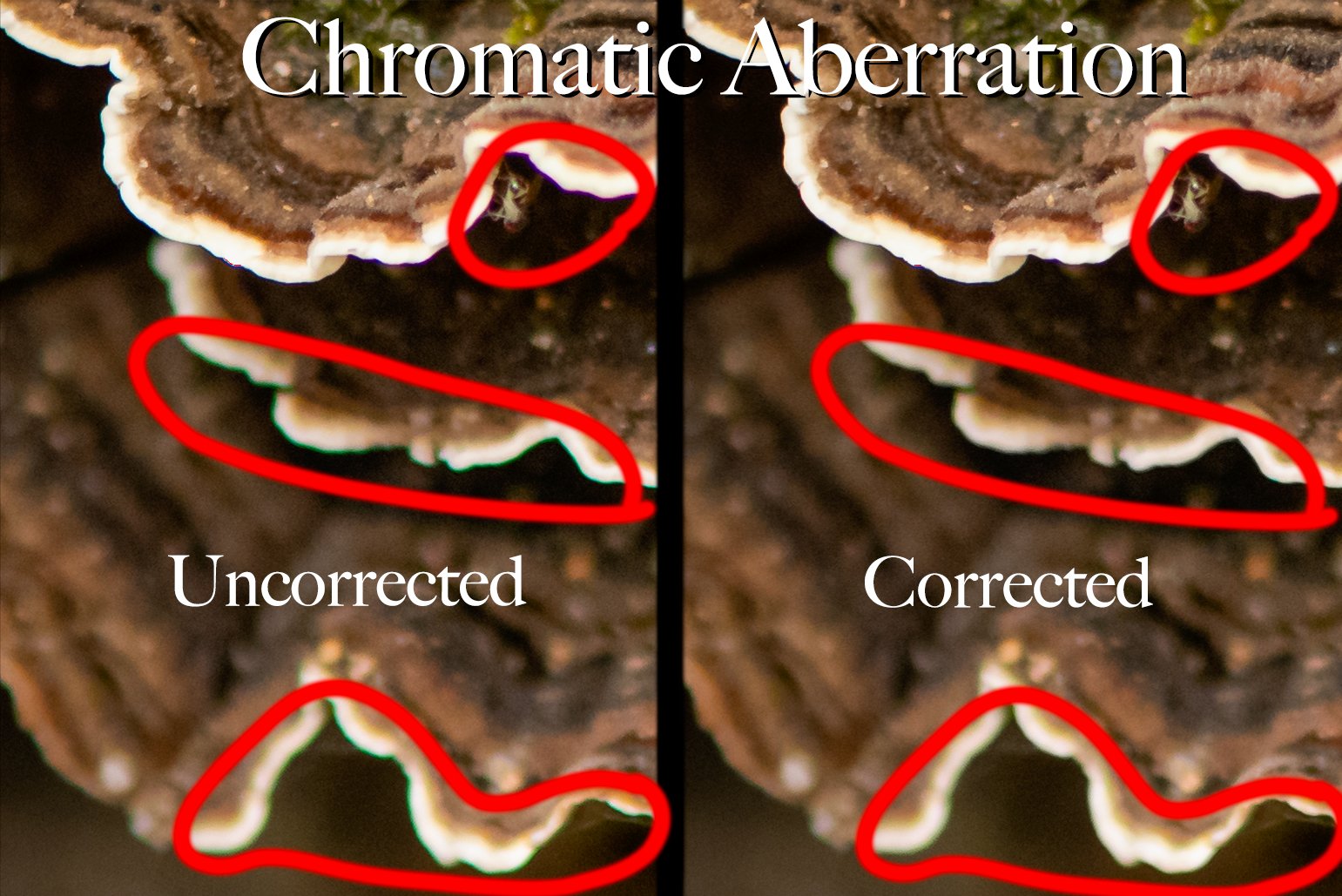Woodland Waters
Most often I go hiking and photographing in the morning, and mostly on weekends. But every so often I have the opportunity to go in the afternoon on a weekday. Either I have the day off or I take off work early, grab my gear, and head out in search of new images. In this particular case it was mid-May and I’d left work early with a specific goal in mind, one that has nothing to do with today’s photograph. I was working on a post that would show the stages of growth of pink lady’s slipper orchids and I wanted to check in on the flowers, see how they were progressing this season. But as this post will demonstrate, it can be beneficial to stay open-minded to other opportunities as they present themselves, to keep your eyes open and to practice those skills that help you find interesting subjects.
With all that in mind, this trip also resulted in the recent post, One Afternoon Six Critters. While on my way to and from the location of the lady’s slippers I happened upon a number of interesting critters, mostly insects but also a lizard. And of course I took the time to stop and photograph each of them. Thankfully, I’d started my hike just after 1 pm so I had plenty of time to hike, and being mid-May it was still cool enough I wasn’t worried about overheating and I had plenty of water.
As I’m sure you can guess, today’s photograph also came out of this hike. Many of these trails are along a small creek and sometimes something catches my eye in the water or on its surface. The sun was positioned such that it was lighting up the trees on the far side of the creek while leaving the water in shade. This created what I thought were some interesting and painterly reflections. That’s one of the elements that often draws me to reflections, how they can create an almost painterly feel to a photograph. I also like how, being a reflection, they have a slightly different perspective than if we were looking at the actual scene above the water. And if you add in the element of clear water flowing in a shallow creek such that you can see some of the rocks below the surface, you get this great combination of elements.
One thing I found interesting about this trip were the number of images I created of each subject. I often create many images both to try to get something in focus and to try different compositions, different angles and perspectives. So it was no surprise to me that I created 32 images of the eastern tailed-blue butterfly, or 40 images of the black-and-gold flat millipede, or 22 images of wild geranium (by the way, the post Considering Composition for a Wild Geranium also resulted from this hike). But I’m very surprised I only created 2 images of these creekside reflections. Why? Thinking back, I’m not entirely sure. Perhaps I didn’t think they’d result in much so didn’t spend time on them. Or perhaps I was happy with that single composition and didn’t feel the need to explore. It’s also possible I was tired, though just after this I found the millipede and took the time to create 40 images of it.
In the end I don’t know why I created only 2 images of the creek, but I’m glad I stopped long enough to at least create those. The more I sit with this image the more I like it. I don’t know if it will work as well for you, but please let me know whether or not it does in the comments below.
Do you enjoy these posts?
Sign up to receive periodic emails with updates and thoughts. Don’t worry, I won’t spam you. And please consider purchasing artwork or products from my online store, and using my affiliate links in the sidebar to the right when shopping online.
I appreciate your support!




























































